Disclosure: This article contains affiliate links. We may earn a commission from purchases at no extra cost to you, which helps our travel content.
The first time I stepped out of the subway in New York City, I felt that familiar rush of urban possibility that I've chased across continents. As someone who's spent years documenting the world's most intriguing urban spaces, from Sheffield's industrial corridors to Barcelona's labyrinthine alleys, I can confidently say that no city offers neighborhood diversity quite like New York. While the neon glow of Times Square and the towering Art Deco masterpiece of the Empire State Building certainly deserve their fame, the true heart of this metropolis beats in its neighborhoods—each one a distinct microcosm with its own architectural language, cultural rhythm, and urban narrative. During my recent spring visit, I spent a week traversing these vibrant pockets of city life, deliberately avoiding the well-trodden tourist paths to discover how New Yorkers actually experience their city. What I found was a complex urban tapestry that tells a far more fascinating story than any Broadway show could capture.
DUMBO: Where Industrial Heritage Meets Modern Design
There's something about post-industrial neighborhoods that speaks to my urban planner's heart, and DUMBO (Down Under the Manhattan Bridge Overpass) might be the finest example I've encountered in North America. The neighborhood's transformation from manufacturing hub to creative enclave echoes Sheffield's own evolution, though with distinctly American proportions and ambition.
Walking beneath the massive stone archways of the Manhattan Bridge, I was struck by how the neighborhood embraces rather than erases its industrial past. Former warehouses and factories now house art galleries, tech startups, and some of Brooklyn's most coveted apartments, their large windows and exposed brick telling stories of a different era.
The cobblestone streets (wear comfortable shoes, not the dress shoes I mistakenly chose) lead to spectacular waterfront views at Brooklyn Bridge Park, where the Manhattan skyline creates a backdrop that feels almost too perfect to be real. I spent an entire afternoon here with my travel camera, capturing the interplay of light between the bridges and skyscrapers as the sun began its descent.
What makes DUMBO special isn't just its Instagram-worthy street corners (though Washington Street's framed view of the Manhattan Bridge is legitimately spectacular), but how it balances preservation with innovation. Jane's Carousel, a restored 1922 merry-go-round housed in a contemporary glass pavilion by the water, perfectly embodies this harmony between old and new that defines the neighborhood's character.
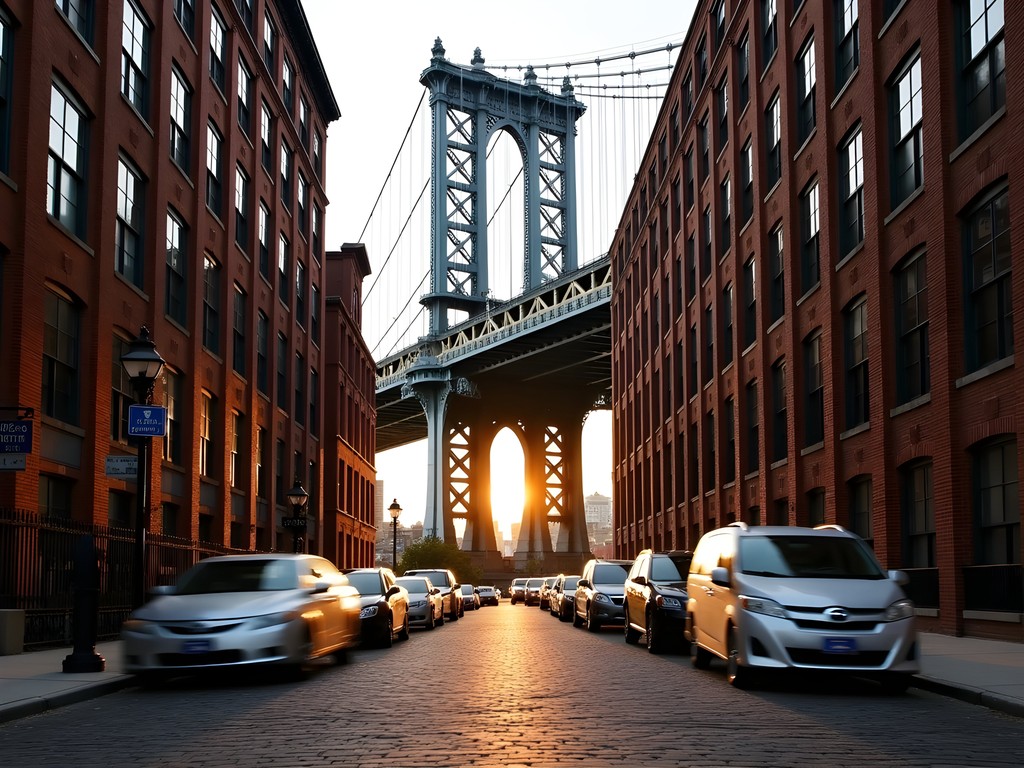
💡 Pro Tips
- Visit on weekdays to avoid the weekend crowds at the famous Washington Street photo spot
- Take the East River Ferry from DUMBO to see Manhattan's skyline from the water—an affordable alternative to tourist cruises
- Check out the independent bookshops and art galleries tucked away on the side streets for a glimpse of the neighborhood's creative pulse
Jackson Heights: A Global Village in Queens
If DUMBO represents New York's industrial evolution, Jackson Heights embodies its immigrant soul. This Queens neighborhood offers perhaps the most authentic cultural immersion you can experience without boarding an international flight.
The 7 train—which locals proudly call the 'International Express'—deposited me into what felt like several continents simultaneously. Within just a few blocks, I passed Nepalese dumpling shops, Colombian bakeries, Indian jewelry stores, and Tibetan clothing boutiques. The air was rich with competing aromas of spices, grilled meats, and freshly baked bread.
Jackson Heights' architectural character is just as distinctive as its cultural makeup. The neighborhood features some of New York's finest garden apartment complexes, built in the 1920s around shared private gardens. The Chateau and Towers are particularly stunning examples, with their Tudor and Renaissance Revival details offering a striking contrast to the commercial energy of Roosevelt Avenue.
Diversity here isn't a marketing slogan—it's lived reality. In Diversity Plaza, I watched elderly South Asian men playing cards while Ecuadorian families shared meals and young professionals of all backgrounds worked on laptops. This is New York at its most authentic: a place where multiple worlds coexist and cross-pollinate.
For dinner, I joined a local food tour guide who showed me hidden gems like Phayul, a second-floor Tibetan restaurant where the momos (dumplings) transported me straight back to my trek through Nepal three years ago. I documented everything in my travel journal, which has become my most treasured souvenir from every journey.
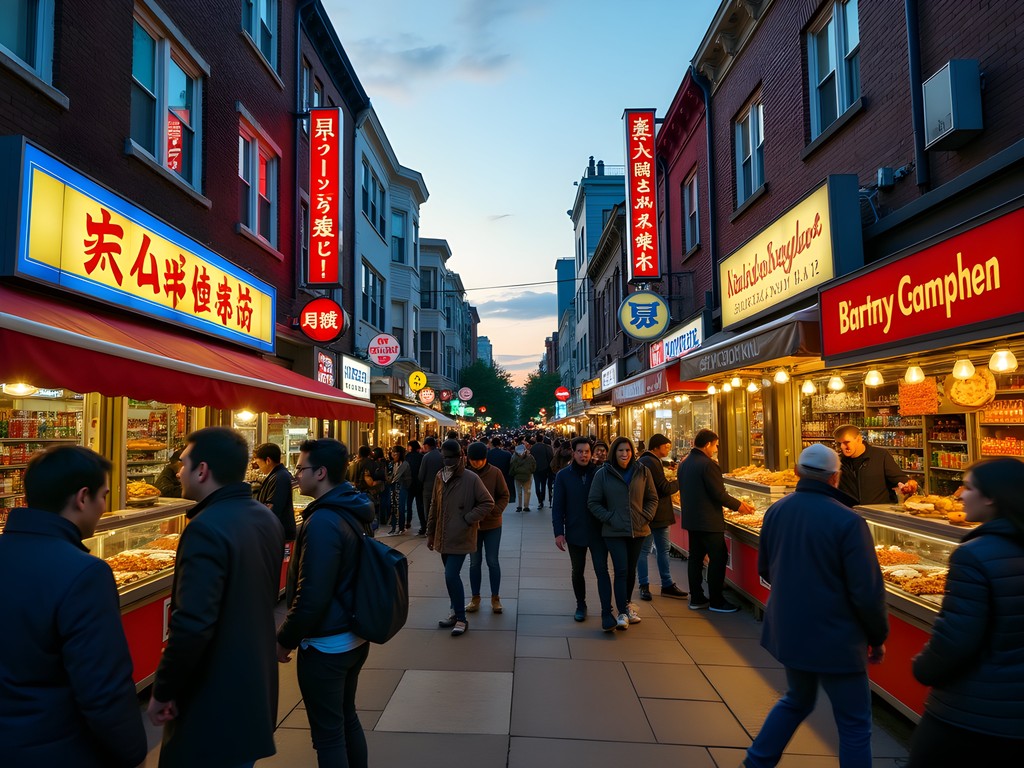
💡 Pro Tips
- Visit Diversity Plaza in the evening when it transforms into an impromptu community gathering space
- Explore the residential blocks between 75th and 86th Streets to appreciate the historic garden apartment architecture
- Bring cash for the smaller food vendors and markets that offer the most authentic culinary experiences
Red Hook: Brooklyn's Maritime Frontier
Some neighborhoods resist gentrification through sheer geographic isolation, and Red Hook is perhaps New York's best example. Cut off from the subway network and bordered by expressways and harbor waters, this waterfront district maintains an almost defiant independence from the rest of rapidly-changing Brooklyn.
Getting here requires effort—I took the ferry from Manhattan, though the local B61 bus is the lifeline for most residents. The journey itself sets the tone for a neighborhood that feels distinctly separate from the city's frenetic pace.
Red Hook's maritime heritage is immediately apparent. Civil War-era warehouses line the waterfront, many repurposed as artisanal workshops, distilleries, and seafood restaurants. The massive brick structure of the Red Hook Stores building (now home to Fairway Market) speaks to the area's history as one of America's busiest shipping hubs.
What struck me most was the neighborhood's spatial openness—a rarity in compressed Manhattan. The wide streets, low buildings, and expansive views of the harbor create a sense of breathing room that reminded me of coastal Australian towns rather than New York City.
I spent hours exploring the Red Hook Recreation Area, where locals played soccer against the incongruous backdrop of Manhattan's skyline. Later, I watched the sunset from Louis Valentino Jr. Park, where the Statue of Liberty appears almost close enough to touch across the harbor waters.
For dinner, I enjoyed fresh seafood at Brooklyn Crab, a multi-level restaurant with harbor views and a distinctly maritime atmosphere. While savoring my meal, I used my pocket binoculars to watch container ships navigating the harbor—a simple pleasure that connected me to Red Hook's working waterfront identity.
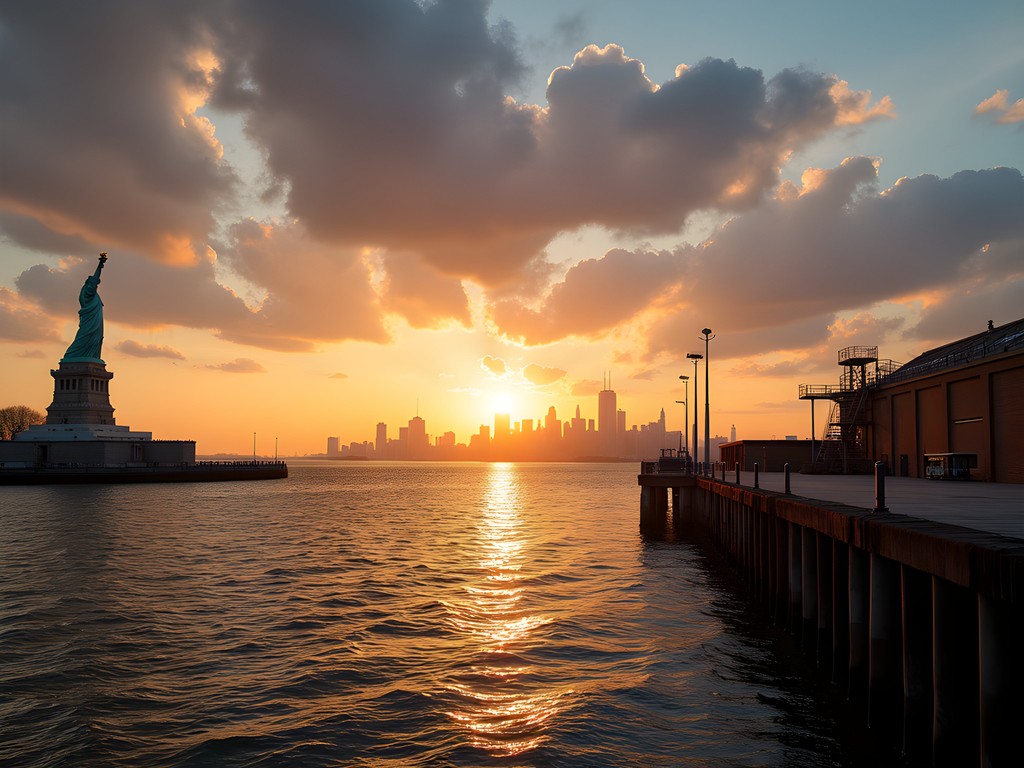
💡 Pro Tips
- Take the NYC Ferry to Red Hook for spectacular harbor views en route
- Visit Pioneer Works, a cultural center in a former iron works factory that hosts innovative art exhibitions and science talks
- Explore the unique shops along Van Brunt Street that showcase local makers and artisans
Arthur Avenue: The Bronx's Real Little Italy
While Manhattan's Little Italy has largely surrendered to tourism and commercialization, the Bronx's Arthur Avenue remains the authentic heart of Italian-American New York. As someone fascinated by how cultural identity shapes urban spaces, I found this neighborhood to be one of the city's most rewarding explorations.
The journey to Arthur Avenue—a straightforward subway ride to Fordham Road followed by a short walk—immediately transports you away from tourist New York. Here, third-generation shopkeepers still speak Italian with elderly customers, and food traditions brought from Naples, Sicily, and Calabria continue without interruption.
The Arthur Avenue Retail Market forms the neighborhood's epicenter, a covered marketplace where butchers, bakers, and cheesemakers have operated for generations. I watched in fascination as an artisan at Mike's Deli hand-pulled fresh mozzarella, the simple performance drawing a small crowd of appreciative onlookers.
What distinguishes Arthur Avenue is its functionality—this isn't a neighborhood preserved for tourists but a living, working community. Families still shop here daily for ingredients, restaurants serve locals more than visitors, and the rhythms of life continue much as they have for decades.
I spent the afternoon wandering between shops, collecting ingredients for an impromptu picnic in nearby Bronx Park. At Teitel Brothers, a grocery founded in 1915, I picked up imported cheeses, olives, and bread still warm from the oven at Madonia Brothers Bakery across the street.
The architecture tells its own story—tenement buildings with fire escapes zigzagging down their facades, ornate churches that served as community anchors for immigrant families, and storefronts largely unchanged since the mid-20th century. I documented everything with my smartphone gimbal, which helped me capture smooth walking footage of the neighborhood's vibrant street life for my travel blog.
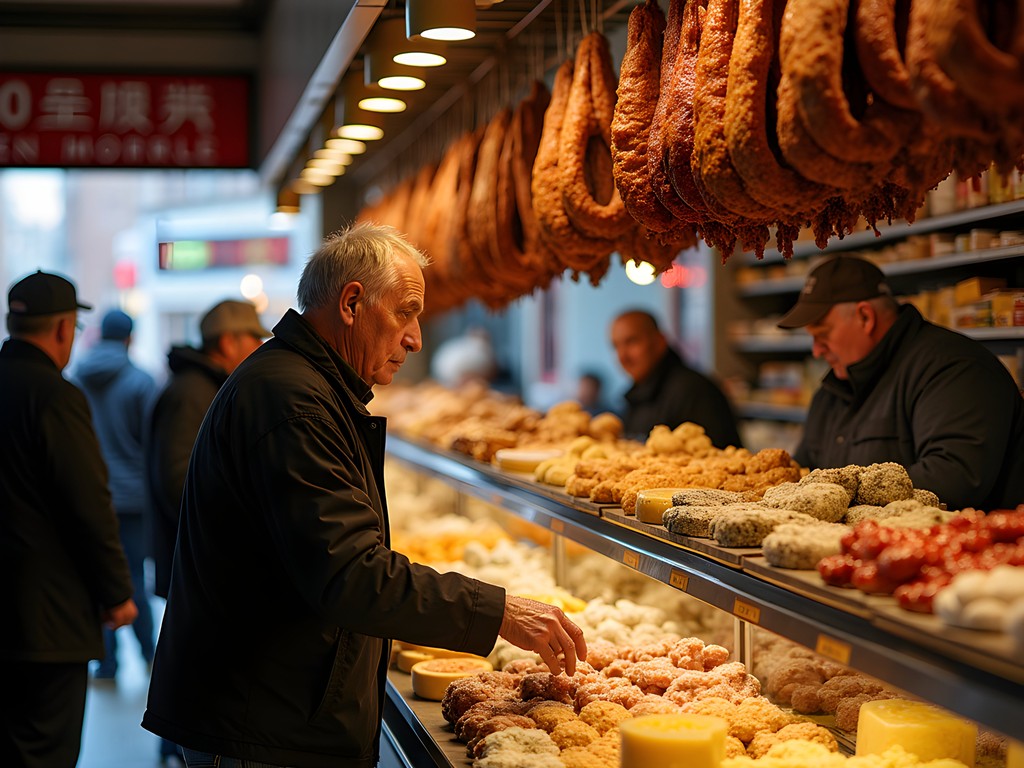
💡 Pro Tips
- Visit mid-week when the market is less crowded and shopkeepers have time for conversation
- Join the locals for espresso at Caffè D'Italia, where the baristas still prepare coffee the traditional Italian way
- Check out the New York Botanical Garden just north of Arthur Avenue for a peaceful retreat after your culinary adventures
Inwood: Manhattan's Secret Northern Frontier
Most visitors never venture to Manhattan's northern tip, making Inwood one of the borough's last truly local neighborhoods. As someone drawn to geographical extremities and border spaces, I found this overlooked area to be among the most fascinating parts of my New York exploration.
Reaching Inwood means riding the A train to its terminal station—a journey that feels like traveling to the end of the earth by New York standards. What awaits is a neighborhood that defies Manhattan stereotypes: quiet, green, and distinctly unhurried.
Inwood's topography immediately sets it apart. Unlike the famously flat Manhattan grid below 110th Street, this area features dramatic hills, outcroppings of Manhattan schist (the bedrock that makes the island's skyscrapers possible), and surprising woodland areas. Inwood Hill Park contains the last natural forest and salt marsh on the island—a primeval landscape that offers a glimpse of what Manhattan looked like before European settlement.
The neighborhood's cultural identity is equally distinctive. Dominican influence dominates, with Spanish often heard more frequently than English along Dyckman Street, the area's main commercial corridor. Restaurants serve mofongo and mangú rather than the brunch standards found downtown, while impromptu merengue performances sometimes break out in summer.
What fascinated me most was Inwood's architectural diversity—Art Deco apartment buildings stand alongside Tudor Revival homes and modernist towers, creating a visual timeline of Manhattan's development patterns. The Dyckman Farmhouse Museum, Manhattan's oldest remaining farmhouse (built around 1784), offers a tangible connection to the island's rural past.
I spent a memorable afternoon hiking through Inwood Hill Park's trails with my hiking daypack, eventually reaching a clearing that offered stunning views of the Hudson River and the New Jersey Palisades beyond. It was a perspective of Manhattan I'd never seen in countless films and photographs—the island as a natural formation rather than an urban construct.
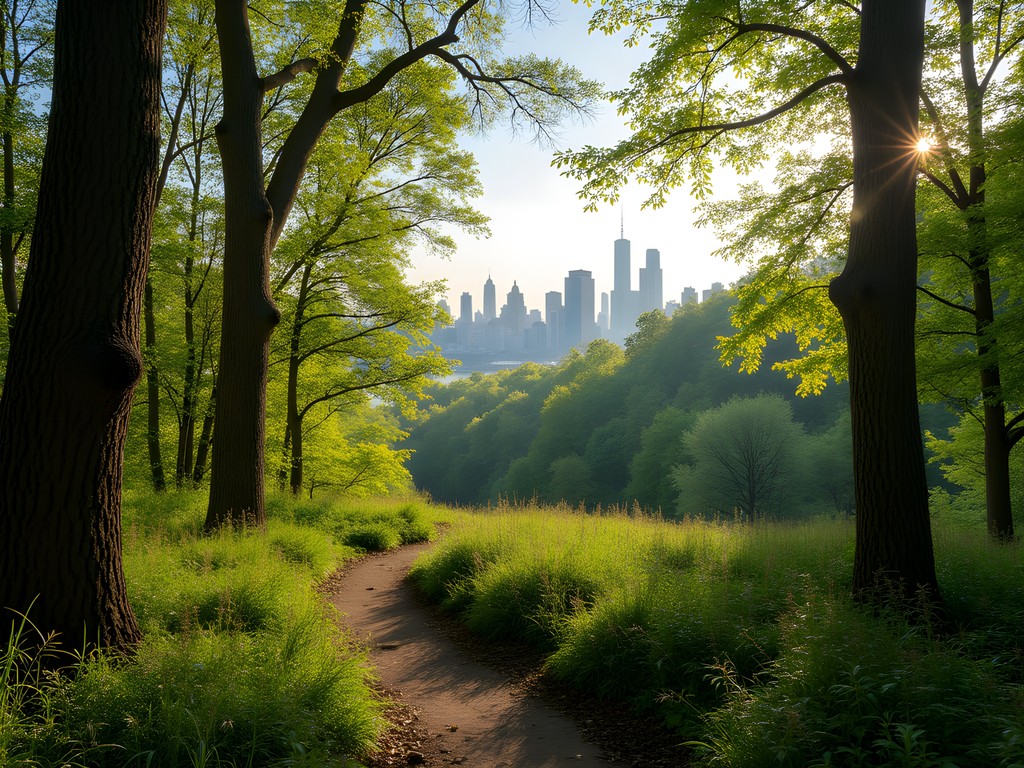
💡 Pro Tips
- Visit the medieval art collection at The Cloisters in nearby Fort Tryon Park for one of New York's most unique museum experiences
- Explore the Indian Road Café for excellent coffee and a community hub where locals gather
- Take the pedestrian walkway across the Henry Hudson Bridge to the Bronx for spectacular river views
Final Thoughts
As my week of neighborhood exploration drew to a close, I found myself sitting on a bench in Brooklyn Bridge Park, watching the sunset illuminate Manhattan's towers across the East River. The neighborhoods I'd discovered had revealed a New York far more nuanced and human-scaled than the one typically portrayed in media. From DUMBO's industrial elegance to Jackson Heights' global village, from Red Hook's maritime frontier to Arthur Avenue's preserved traditions and Inwood's hidden wilderness, each area offered its own distinct sense of place while remaining unmistakably New York. The city's true magic lies not in its tourist attractions but in these vibrant communities where everyday life unfolds against extraordinary backdrops. For couples seeking a deeper connection with this iconic city, I can't recommend enough the simple pleasure of choosing a neighborhood each day, arriving without an agenda, and allowing its streets to reveal their stories. New York doesn't need to overwhelm—approached neighborhood by neighborhood, it becomes a collection of villages, each one an accessible adventure waiting to be discovered.
✨ Key Takeaways
- New York's most rewarding experiences often lie in neighborhoods far from the typical tourist path
- Each neighborhood offers a distinct cultural and architectural identity worth at least half a day of exploration
- Public transportation (especially ferries) provides not just transportation but unique perspectives on the city
📋 Practical Information
Best Time to Visit
April-June or September-October
Budget Estimate
$150-250 per day for a couple (accommodation, food, transportation)
Recommended Duration
5-7 days
Difficulty Level
Beginner

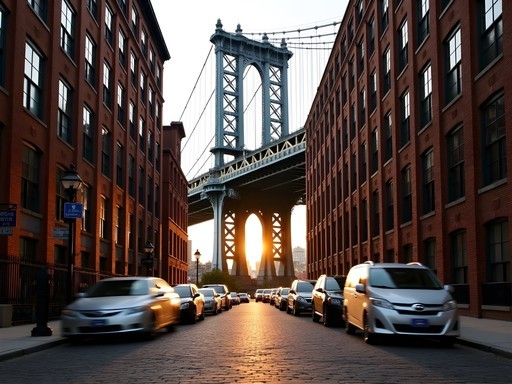
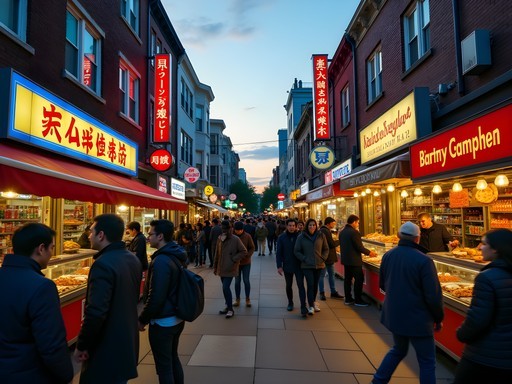

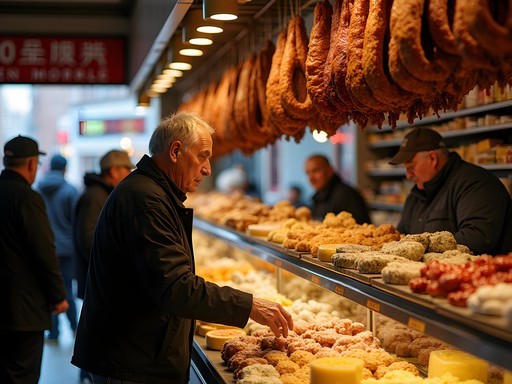
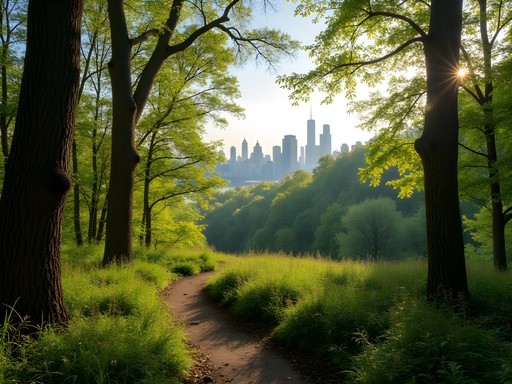



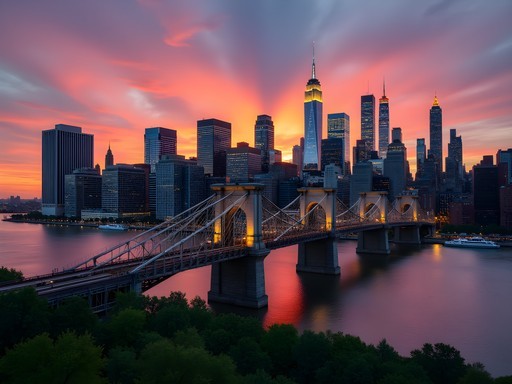
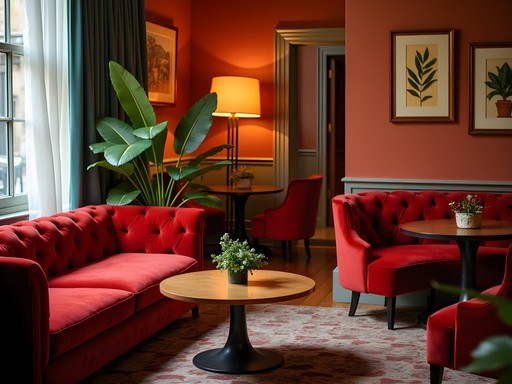

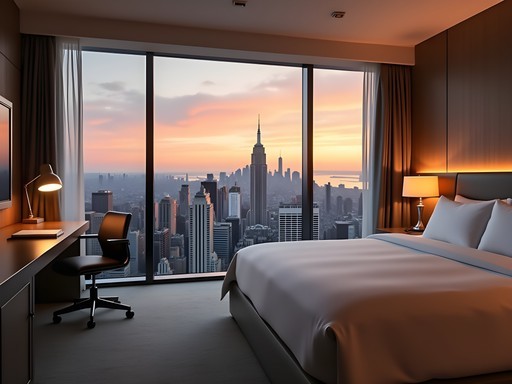
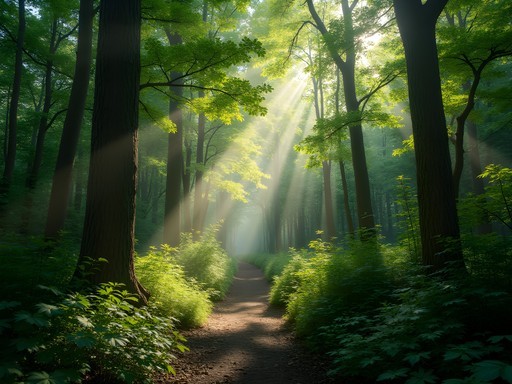

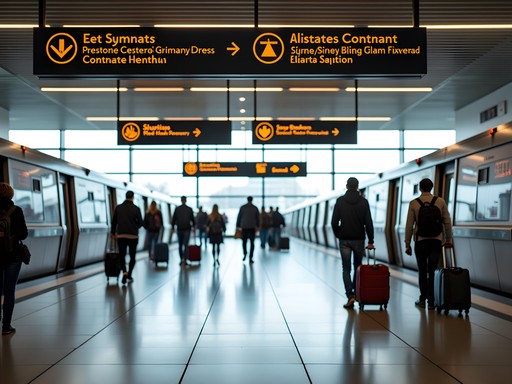
Comments
TravelWithMike
That sunset photo from Brooklyn Bridge Park is absolutely stunning! What camera do you use?
Jerry Kelley
Thanks Mike! Just my trusty Sony A7III with a 24-70mm lens. That golden hour light did all the work!
Jean Wells
Excellent neighborhood guide, Jerry. Having lived in NYC for 3 years before moving to Japan, I'd add Greenpoint to this list - fascinating Polish heritage with excellent bakeries and restaurants. One analytical observation: the G train that connects many of these Brooklyn neighborhoods is notoriously unreliable on weekends. I always recommend visitors plan buffer time when exploring beyond Manhattan. For Arthur Avenue visitors, the indoor market closes earlier than expected - worth checking hours before making the journey. Your DUMBO section perfectly captures how dramatically it's transformed in the last decade.
Jerry Kelley
Great point about Greenpoint, Jean! I actually considered including it but ran out of space. And yes, the G train can definitely be an adventure unto itself, especially weekends.
skynomad
Great photos! That sunset view from Brooklyn Bridge Park is everything!
Jerry Kelley
Thanks! It's definitely one of my favorite spots in the city to watch the day end.
dreamrider9592
Love this! Arthur Avenue is such a hidden gem. Way better Italian food than Little Italy in Manhattan!
nomadmood2600
Going to NYC next month for the first time!! Is it safe to explore these neighborhoods alone? I'm a solo female traveler and want to see the real New York but a bit nervous about venturing too far from Manhattan.
Jean Wells
I've explored all these neighborhoods solo (59F) without issues. Just use normal city awareness. DUMBO and Jackson Heights are particularly busy with locals and quite safe during daytime. For Red Hook, I'd recommend going during peak hours as some areas can be industrial and quiet. The Citymapper app was invaluable for navigating the subway/bus combinations to reach these spots efficiently.
nomadmood2600
Thank you so much! That's really reassuring. Will definitely download that app before my trip!
globegal
I spent a month in NYC last year and completely agree about Jackson Heights! The diversity of food alone is worth the trip. Had some of the best momos of my life at this tiny Nepali place. Also found Red Hook harder to reach by subway, but the ferry ride there was actually one of my favorite experiences - great views of the Statue of Liberty without the tourist crowds. Did you try the key lime pie at Steve's?
Jerry Kelley
Thanks for reading! And yes - Steve's Key Lime Pie is legendary. That whole waterfront area has such a unique vibe compared to the rest of the city.
globegal
Totally! I loved how it felt like a small fishing village dropped into NYC.
skyking
We did Red Hook last weekend! That Hometown BBQ place is worth the trip alone. And the key lime pie from Steve's is legendary. Bring comfortable shoes though - it's more spread out than we expected.
journeyperson
Hometown BBQ is AMAZING. We waited in line for 45 mins but would do it again in a heartbeat.
Casey Andersson
Arthur Avenue is such a hidden gem! I was in NYC last month and made the trek up to the Bronx specifically because of recommendations like yours. Zero regrets! Had the most authentic Italian experience outside of Italy. The old men playing cards in the market, the hand-rolled cigars, and that bread from Madonia Brothers Bakery! I bought way too much cheese and salumi to bring back to my hotel, but it made for the best midnight snack. For anyone going, definitely stop by the Arthur Avenue Retail Market - it's like stepping into another era. Also worth noting that it felt completely safe during the day, contrary to what some people might think about the Bronx.
wanderlustking
UPDATE: I just got back from NYC and used this guide to explore DUMBO and Jackson Heights!!! OMG the food in Jackson Heights blew my mind - had momos from like three different places 🤤 And that DUMBO spot where you can see the bridge between buildings? Got the perfect Instagram pic! Thanks Jerry for helping me see the real New York!
Jerry Kelley
So glad you enjoyed it! Those momos are addictive, aren't they? Did you make it to any of the other neighborhoods?
wanderlustking
Ran out of time for Red Hook but definitely going back! My feet were killing me from all the walking though 😂
beachzone
That sunset photo from Brooklyn Bridge Park is stunning! What camera do you use?
Jerry Kelley
Thanks! Just my trusty mirrorless camera with the kit lens. The lighting did all the work that evening!
Venture X
Premium card with 2X miles, $300 travel credit, Priority Pass